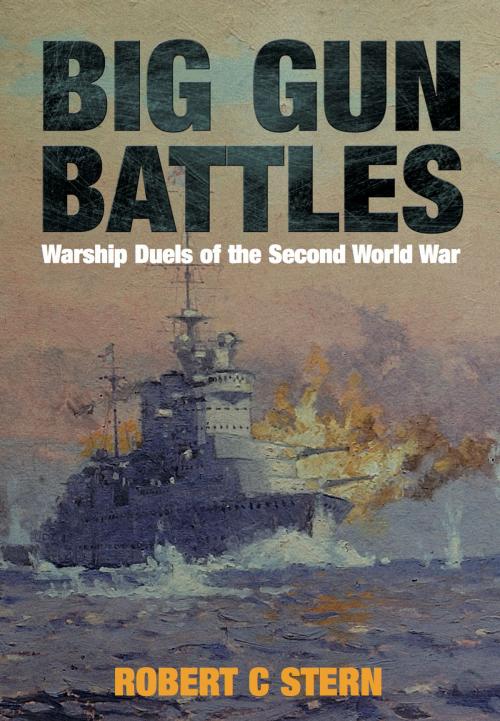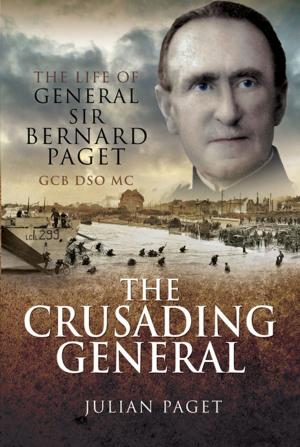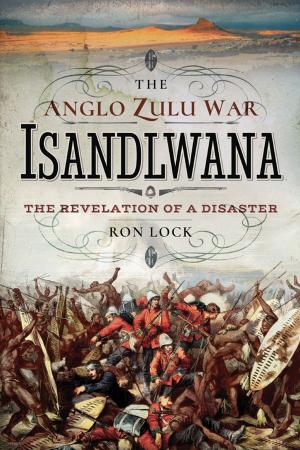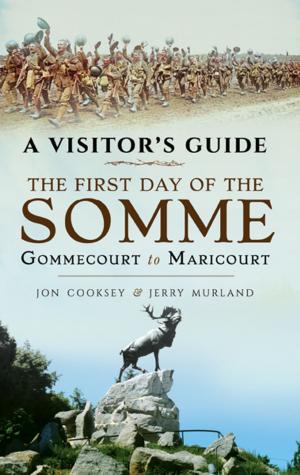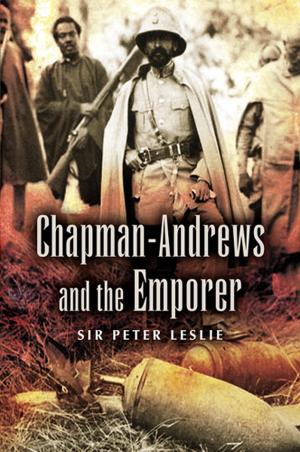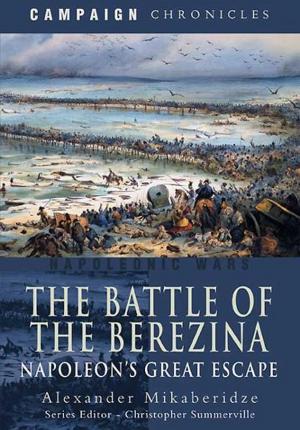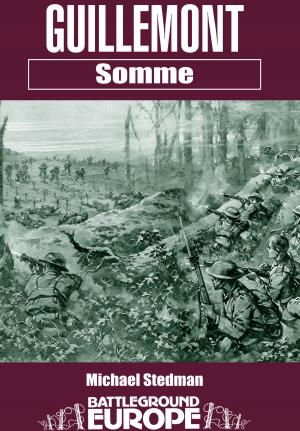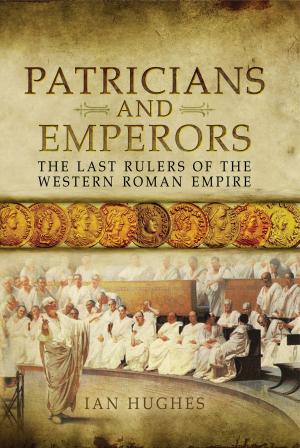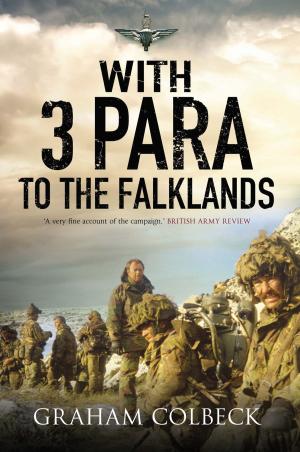| Author: | Robert C Stern | ISBN: | 9781473849358 |
| Publisher: | Pen and Sword | Publication: | January 30, 2015 |
| Imprint: | Seaforth Publishing | Language: | English |
| Author: | Robert C Stern |
| ISBN: | 9781473849358 |
| Publisher: | Pen and Sword |
| Publication: | January 30, 2015 |
| Imprint: | Seaforth Publishing |
| Language: | English |
The outcome of much of the maritime warfare in the Second World War was decided by the torpedo or the aerial bomb, making relatively recent warship types, the submarine and aircraft carrier, the new arbiters naval conflict. Yet despite this, there was a surprising number of traditional ship-to-ship engagements involving the big guns of battleships and cruisers. This book recounts some of the most important, technically interesting, or obscure of these gunfire duels in a narrative that combines pacy storytelling with an in-depth understanding of the factors influencing victory or defeat. Covering all theatres of the naval war from 1939 until the Japanese surrender, the incidents are selected to demonstrate the changing face of surface warfare under the influence of rapidly improving fire-control systems, radar and other sensors. By 1945 this allowed big ships to open fire at great ranges with a high probability of hitting with the first salvo. This success was the pinnacle of gunnery excellence, but also heralded the end of naval gunnery as a major factor in sea warfare – facing such deadly accuracy, navies looked to longer-ranged, and smarter, ship-killing weapons like surface-skimming missiles and homing torpedoes.
The outcome of much of the maritime warfare in the Second World War was decided by the torpedo or the aerial bomb, making relatively recent warship types, the submarine and aircraft carrier, the new arbiters naval conflict. Yet despite this, there was a surprising number of traditional ship-to-ship engagements involving the big guns of battleships and cruisers. This book recounts some of the most important, technically interesting, or obscure of these gunfire duels in a narrative that combines pacy storytelling with an in-depth understanding of the factors influencing victory or defeat. Covering all theatres of the naval war from 1939 until the Japanese surrender, the incidents are selected to demonstrate the changing face of surface warfare under the influence of rapidly improving fire-control systems, radar and other sensors. By 1945 this allowed big ships to open fire at great ranges with a high probability of hitting with the first salvo. This success was the pinnacle of gunnery excellence, but also heralded the end of naval gunnery as a major factor in sea warfare – facing such deadly accuracy, navies looked to longer-ranged, and smarter, ship-killing weapons like surface-skimming missiles and homing torpedoes.
